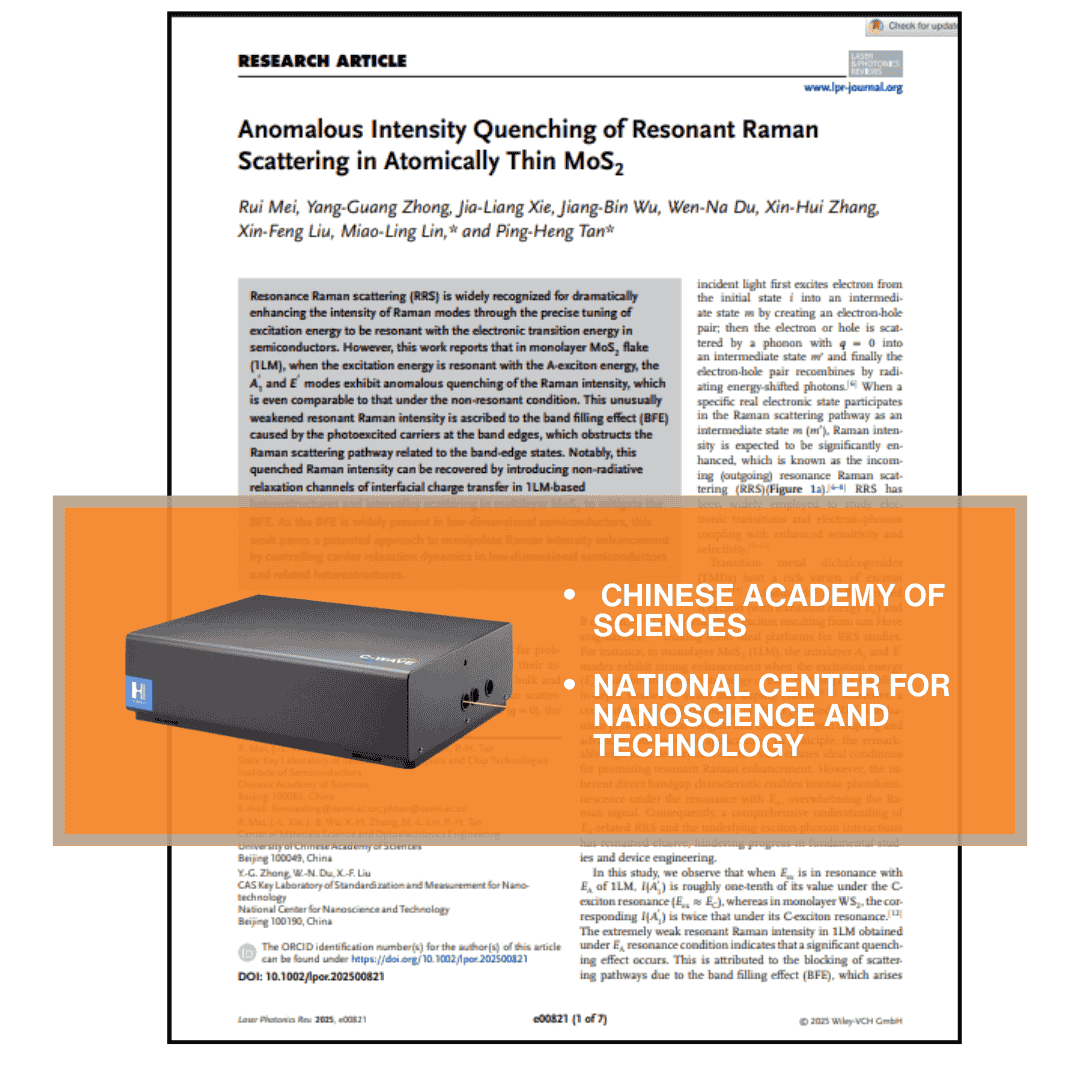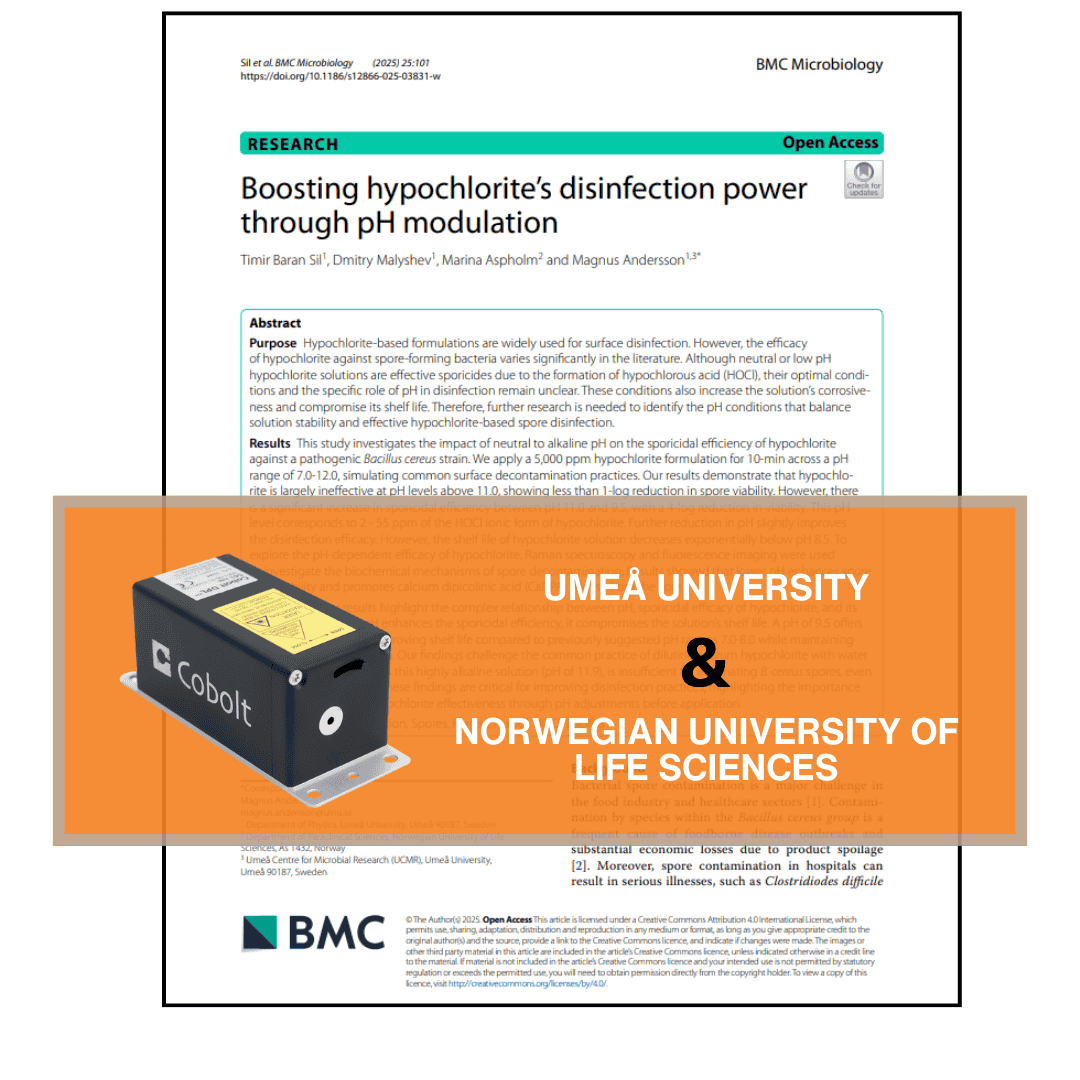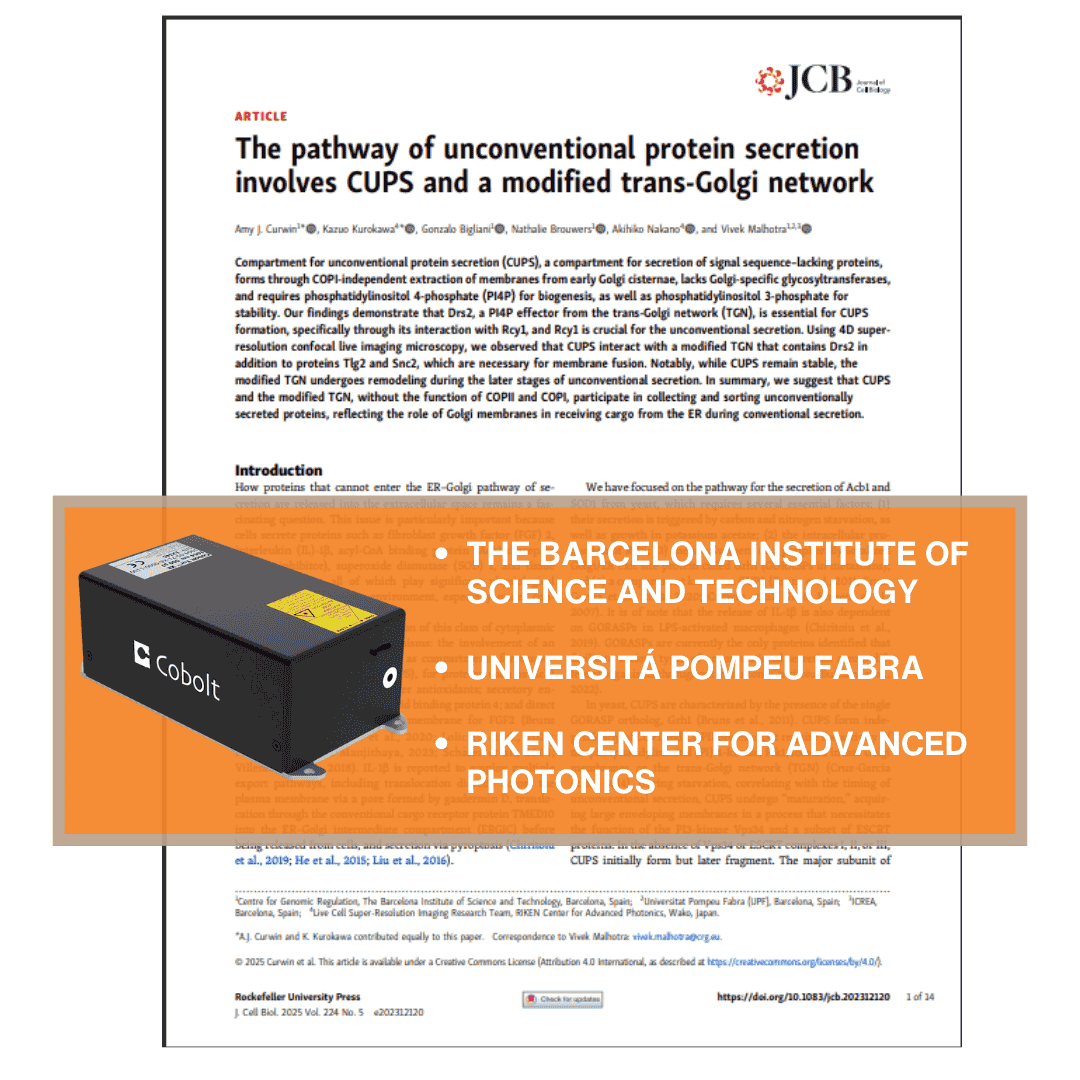8 December, 2020
How tunable lasers are helping quantum researchers search for novel color centers
In the experimental quantum research community, widely tunable continuous-wave optical parametric oscillators (CW OPOs) are gaining recognition as novel sources of tunable laser light with great potential – not least due to their unprecedented wavelength coverage. Yet, the overall experimental requirements remain often challenging for the performance of turnkey OPO devices.
Over the last few years, however, improved design techniques have yielded more sophisticated and more efficient nonlinear materials, such as periodically poled lithium niobate, that can be phase-matched to the pump laser. A new generation of continuous-wave lasers also provides higher pump powers across the frequency spectrum, making it possible for the first time to produce widely tunable CW OPOs in a turnkey system that delivers narrow-linewidth output at power levels of a few hundred milliwatts.
The advantage of OPO technology
One of the big advantages of OPO technology, compared to a conventional CW tunable laser, is that it provides more convenient control of the output wavelength. Physicists are still looking for the perfect quantum qubit: a two-level quantum system that can be precisely measured and controlled, while remaining unaffected by its environment. One of the most promising candidates are defect centres in solid-state materials, also known as colour centres, which have been found to emit a single photon per excitation event when excited by laser light of a particular frequency. Most early attention has focused on nitrogen vacancy centres in diamond − which offer single-photon emission at room temperature − but they are not ideal for all applications because their asymmetric charge distribution makes them sensitive to local fluctuations in the electric field.OPO technology also makes it easier to measure the spectra from different samples with the same experimental set-up.
Quantum researchers have been quick to recognize the benefits of continuous-wave OPOs for assessing the potential of different single-photon emitters. For example, scientists from all around the world have exploited the C-WAVE platform to measure the photoluminescence spectra from silicon, germanium and tin vacancy centres in diamond, none of which suffer from the same sensitivity to electric field as nitrogen defects.
In this webinar you will get a review of state-of-the-art CW OPO technology comprehensible even for the non-specialist, illustrated with recently published real-world experiments.
More resources
Explore our Publications for practical insights on how our customers are leveraging the power of our lasers in their projects.
Customer publications
Application: Raman spectroscopy
Product line: C-WAVE
Wavelength: Tunable
Optimizing Resonant Raman Scattering in Monolayer
Optimizing the sensitivity of Raman spectroscopy by engineering carrier relaxation dynamics to enhance Resonance Raman scattering intensity
Customer publications
Application: Raman spectroscopy
Product line: Cobolt
Wavelength: 785 nm
Tweaking Bleach’s PH Against Bacterial Spores
Scientists identify the optimal pH for hypochlorite-based sporicidal formulations that can balance solution stability and effectiveness of spore disinfection.
Customer publications
Application: Fluorescence microscopy
Product line: Cobolt
Wavelength: 473 nm, 561 nm
Cobolt Blues and Jive in Uncoventional Protein Secretion
Researchers have identified a specialized compartment called CUPS (Compartment for Unconventional Protein Secretion) that forms independently of the traditional cell pathway system




